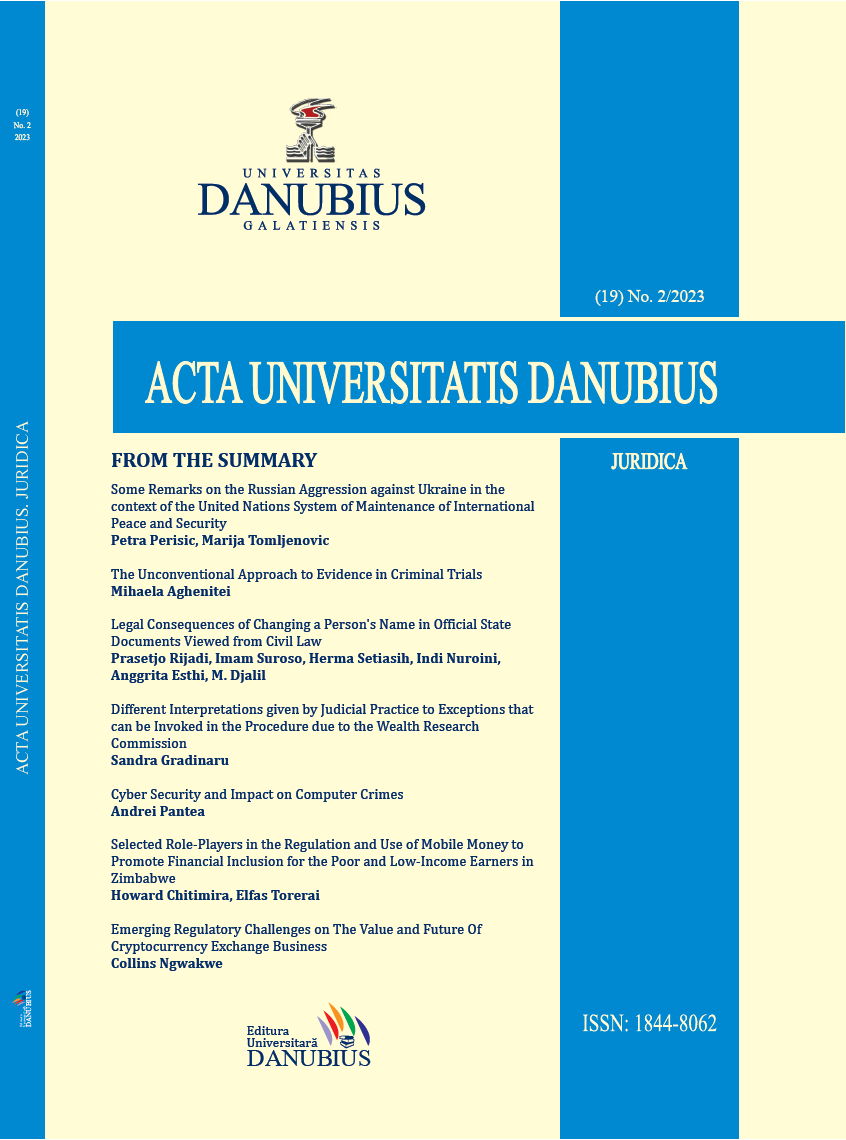The Effectiveness of Impact-Based Regulation in Achieving Environmental Goals.
Abstract
ABSTRACT:
Environmental regulations, designed to promote the protection and preservation of natural resources, have been an essential tool for governments worldwide. However, traditional command-and-control regulatory approaches have come under criticism due to their high compliance costs and limited flexibility. Impact-based regulation is a relatively new approach to environmental regulation that focuses on the environmental impacts of activities, rather than on the specific technologies or practices used to carry out those activities. This approach has the potential to be more flexible and efficient than traditional command-and-control regulation, and it can also be more adaptable to changing environmental conditions. However, there is still debate about the effectiveness of impact-based regulation in achieving environmental goals. This paper reviews the literature on the effectiveness of impact-based regulation. It finds that impact-based regulation can be effective in achieving environmental goals, but that its effectiveness depends on a number of factors, including the design of the regulation, the level of enforcement, and the willingness of businesses and individuals to comply. The paper also discusses the challenges of implementing impact-based regulation, and it concludes with a discussion of the future of this approach to environmental regulation. This research paper seeks to explore how different aspects of international law interact with IBR implementation and its effectiveness concerning achieving environmental goals. It will examine case studies where countries have implemented IBRs within their regulatory frameworks and assess whether they are consistent with applicable international legal standards. Ultimately, this study hopes to provide insights into how policymakers can navigate complex legal environments when developing environment policies involving impact-based regulations across various jurisdictions globally.
References
• Adeola, A., & Ortolano, L. (2017). The effectiveness of impact-based regulation in achieving environmental goals: A review of the evidence. Environmental Impact Assessment Review, 63, 1-12. doi:10.1016/j.eiar.2017.03.003
• Coglianese, C., & Mendelson, A. R. (2003). The design of effective environmental regulation: Insights from comparative analysis. **Law & Policy, 25(1), 5-40. doi:10.1111/1467-9930.00024
• Delmas, M. A., & Gendron, C. (2008). Environmental policy stringency and innovation: Evidence from the pulp and paper industry. Journal of Policy Analysis and Management, 27(4), 845-875. doi:10.1002/pam.20471
• Gilliland, M. W. (2006). Impact-based regulation: An emerging approach to environmental protection. Environmental Law Reporter, 36(1), 10001-10007.
• Gunningham, N., & Grabosky, P. N. (1998). Smart regulation: Designing environmental policy. Oxford University Press.
Downloads
Published
How to Cite
Issue
Section
License
Copyright (c) 2023 Mag. Junaid Sattar BUTT, LL.M, Mag. Farzana KOUSAR, M.Phil (Env. Sci.)

This work is licensed under a Creative Commons Attribution-NonCommercial 4.0 International License.
The author fully assumes the content originality and the holograph signature makes him responsible in case of trial.


